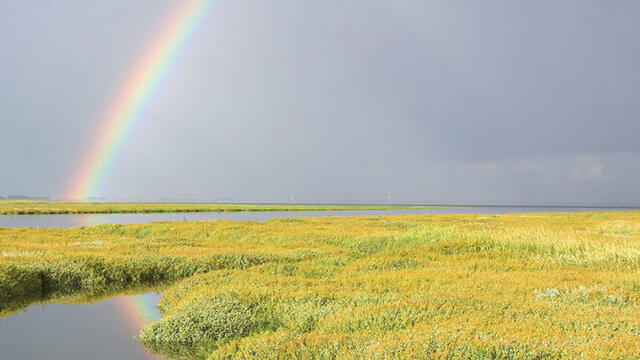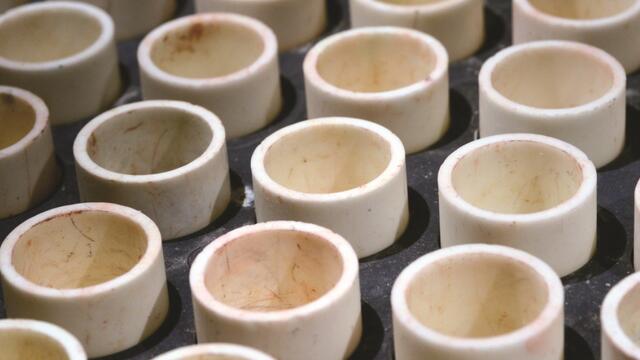Fact
The production of biomass in the Wadden Sea is one of the highest in the world compared to other similar coastal areas, most significantly demonstrated by the numbers of fish, shellfish and birds supported by the area. Its ecosystems sustain wildlife populations well beyond its borders.



